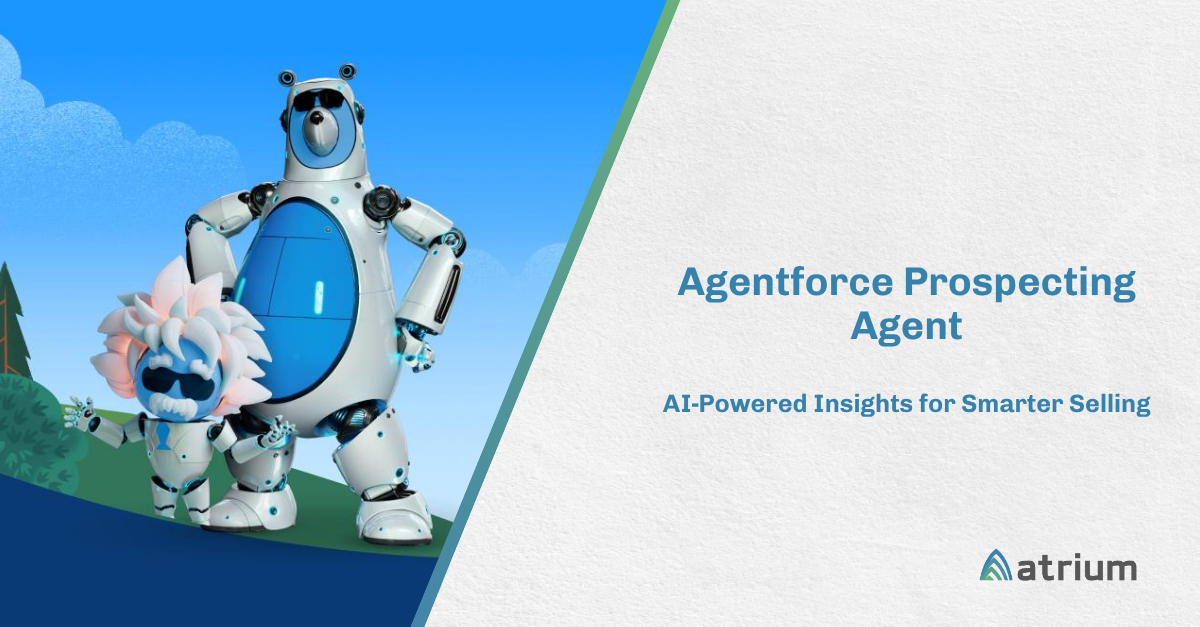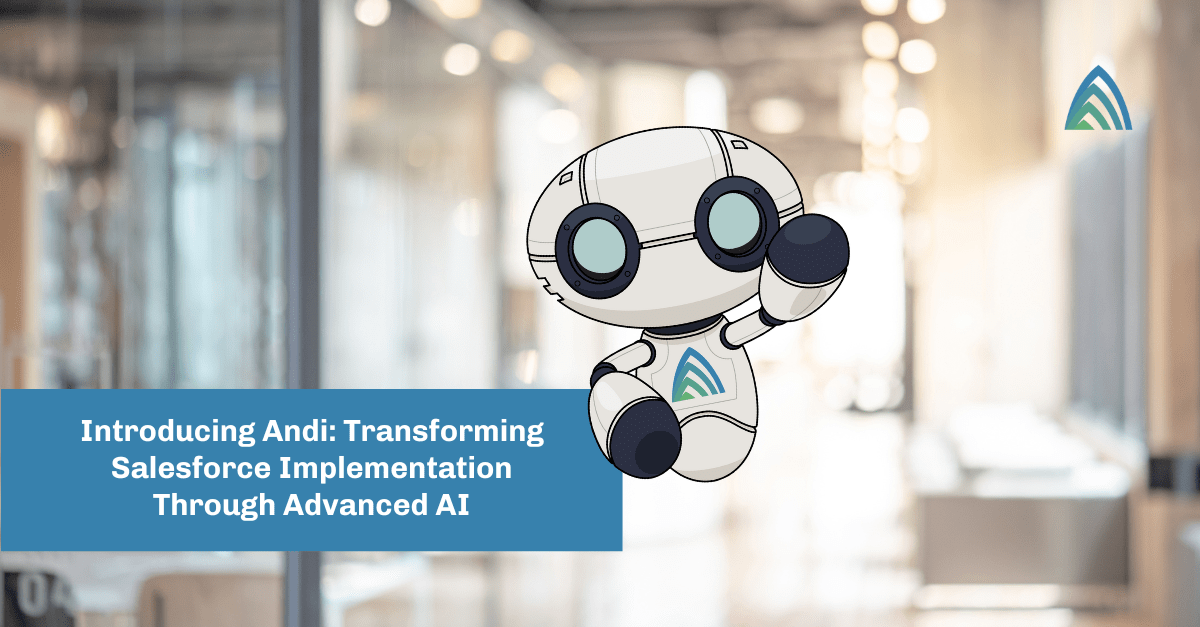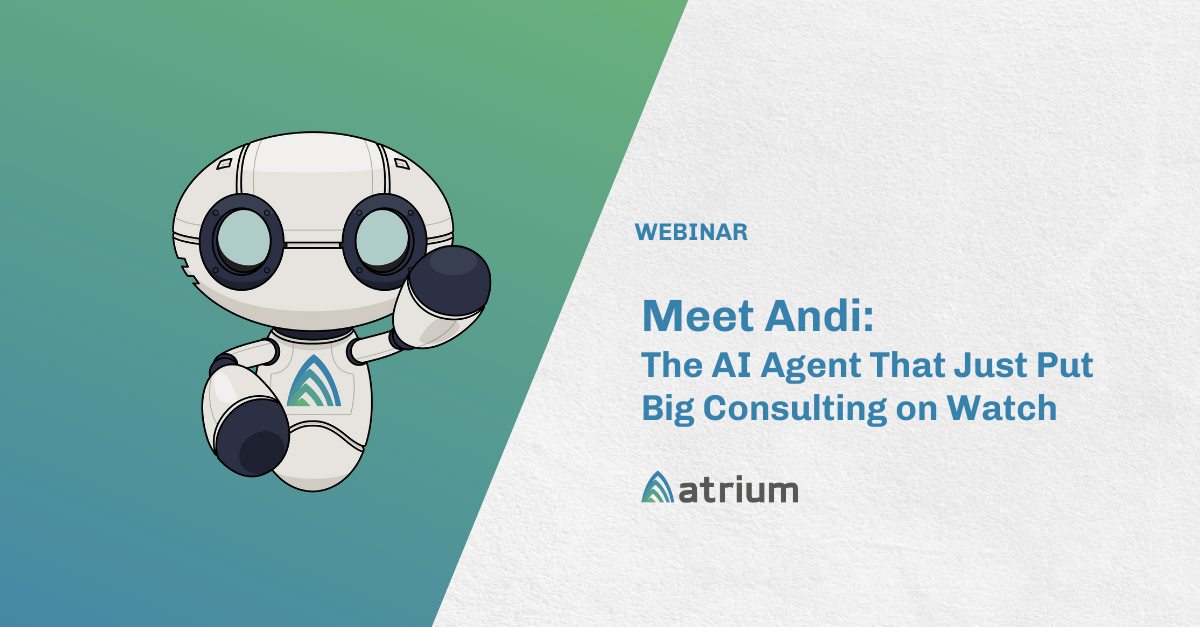As 2024 draws to a close, it’s time to reflect on the whirlwind of change and innovation that swept through the financial services industry. From the rise of generative and autonomous AI to the ongoing quest for deeper customer relationships, this year has been a dynamic one.
In this final blog post of 2024, I want to share some of the most valuable lessons I’ve learned while working alongside financial institutions and offer some practical advice for navigating the year ahead.
#1. The data imperative: More than just a buzzword
Data strategy has been a recurring theme in my blogs this year, and for good reason. It’s the lifeblood of any successful financial institution in today’s digital age. Whether we’re talking about identifying opportunities (as discussed in The Biggest Opportunities and Challenges of Data in Banking) or tracking customer money flows with Salesforce Data Cloud (Follow the Money), the message is clear: institutions need clean, accessible, and actionable data to thrive.
But it’s not just about having clean data; it’s about using it effectively. This means investing in robust data governance strategies, leveraging analytics for informed decision-making, and using data to personalize customer experiences. But that doesn’t mean you need to wait until all of your data is perfect. In that case, no one would ever start!
You do need to understand what data you need to accomplish your goals. Think big, start small. Focus on incremental improvements, prioritize key data sets, and gradually build a more comprehensive data strategy over time.
Even with a limited initial scope, tools like CRM Analytics for Financial Services can give you a 360 view of your customers and allow you to predict churn and identify growth opportunities.
Looking ahead: Financial institutions must prioritize data literacy across their organization. This means equipping employees with the skills and tools to understand and interpret data so they can make better decisions at every level.
#2. The AI revolution: Separating hype from reality
AI dominated headlines in 2024, and its impact on financial services is undeniable. From automating tasks to enhancing customer service, AI is transforming the way institutions operate. My blog post AI in Wealth Management: Separating Hype from Reality delves into the practical applications of this technology, while Agentforce for Banking and Agentforce for Wealth Management explore how AI can redefine customer engagement.
However, implementing AI is not without its challenges. Institutions need to address ethical considerations, ensure data security, and upskill their workforce to collaborate effectively with AI systems. The key is to approach AI strategically, focusing on specific use cases that deliver real value to both the institution and its customers.
Looking ahead: AI will continue to evolve at a rapid pace. Financial institutions should stay informed about the latest advancements and explore how they can leverage AI to gain a competitive edge while remaining mindful of responsible AI practices.
#3. The customer-centric approach: Building deeper relationships
In an increasingly digital world, genuine human connection is more important than ever. This year, I emphasized the importance of a customer-centric approach in financial services. Whether it’s understanding if your bank is truly their primary financial institution or redefining customer engagement with AI-powered tools like Agentforce for Banking, the focus must remain on building deeper, more meaningful relationships with customers.
This means going beyond transactional interactions and providing personalized experiences across all channels. Salesforce Financial Services Cloud Core, which I discussed in 5 Things to Know About the Future of Financial Services Cloud, provides a powerful platform for achieving this goal. By leveraging CRM systems and data-driven insights, institutions can anticipate customer needs, provide proactive service, and foster long-term loyalty.
Looking ahead: The customer journey will become increasingly complex. Financial institutions must adapt by offering seamless, personalized experiences across all touchpoints, both physical and digital.
#4. Adaptability and continuous innovation is essential for success in 2025 and beyond
Perhaps the biggest lesson of 2024 is the need for adaptability and continuous innovation. The financial services landscape is constantly evolving, driven by technological advancements, regulatory changes, and shifting customer expectations. Institutions that can embrace change and innovate quickly will be best positioned for success.
This requires a culture of continuous learning and a willingness to invest in new technologies. In my Budget Season Survival Guide, I highlight the importance of staying ahead of the curve and offer some practical advice on building a business case for CRM or analytics projects. But it’s not just about the technology itself — it’s about fostering an environment where experimentation and adaptation are encouraged.
Looking ahead: The pace of change in financial services shows no signs of slowing down. To thrive in this dynamic environment, institutions must cultivate a mindset of agility and innovation, empowering employees to be proactive, embrace continuous learning, and invest in technologies that support rapid adaptation. By doing so, they can confidently navigate the complexities ahead and position themselves for long-term success.
By embracing adaptability and continuous innovation, financial institutions can confidently navigate the complexities of the industry and position themselves for success in the years to come.
As we move into 2025, I encourage you to reflect on your own lessons learned this year. What challenges did you face? What successes did you celebrate? What opportunities lie ahead? By embracing a data-driven, customer-centric, and adaptable approach, financial institutions can navigate the complexities of the future and continue to thrive in the years to come.










